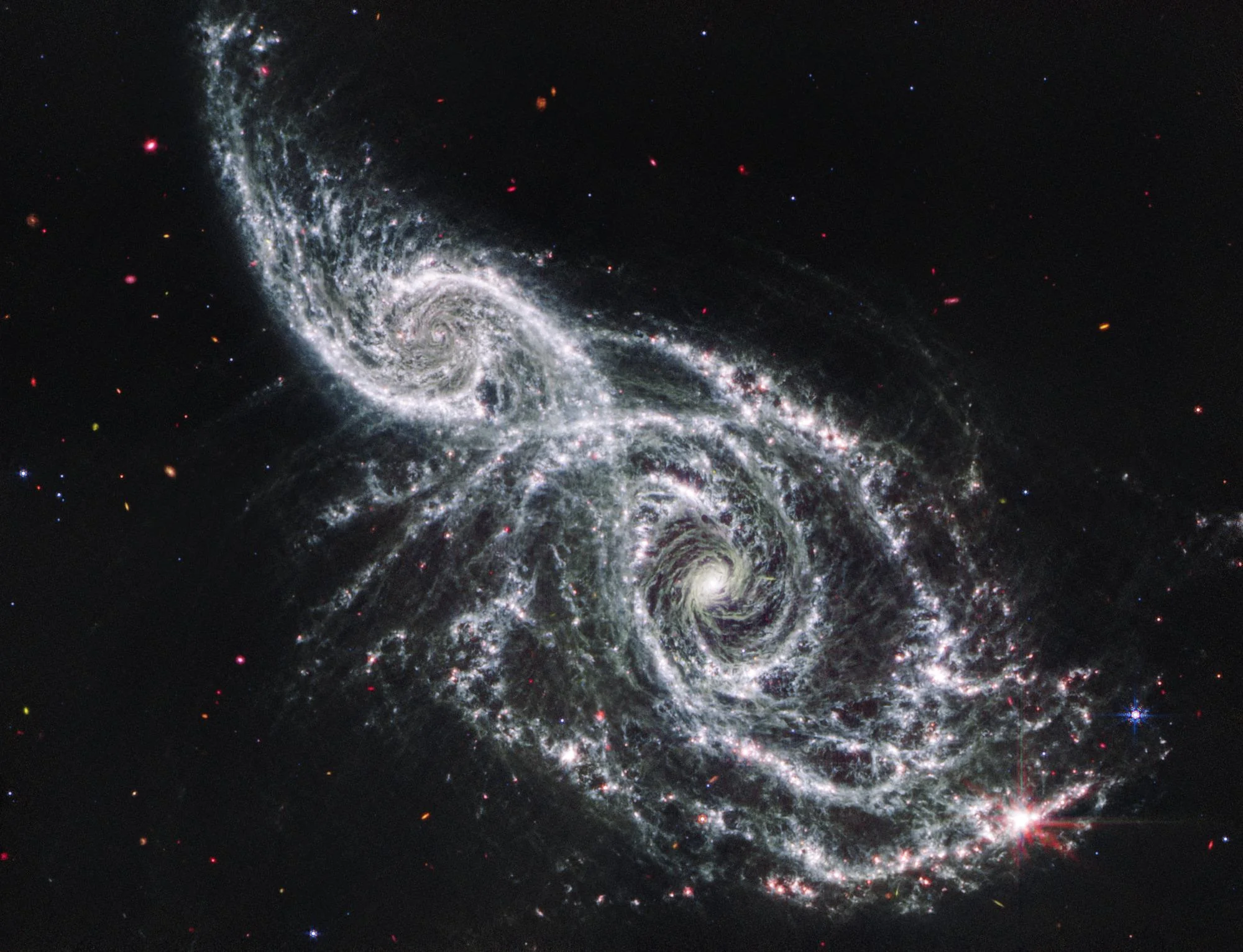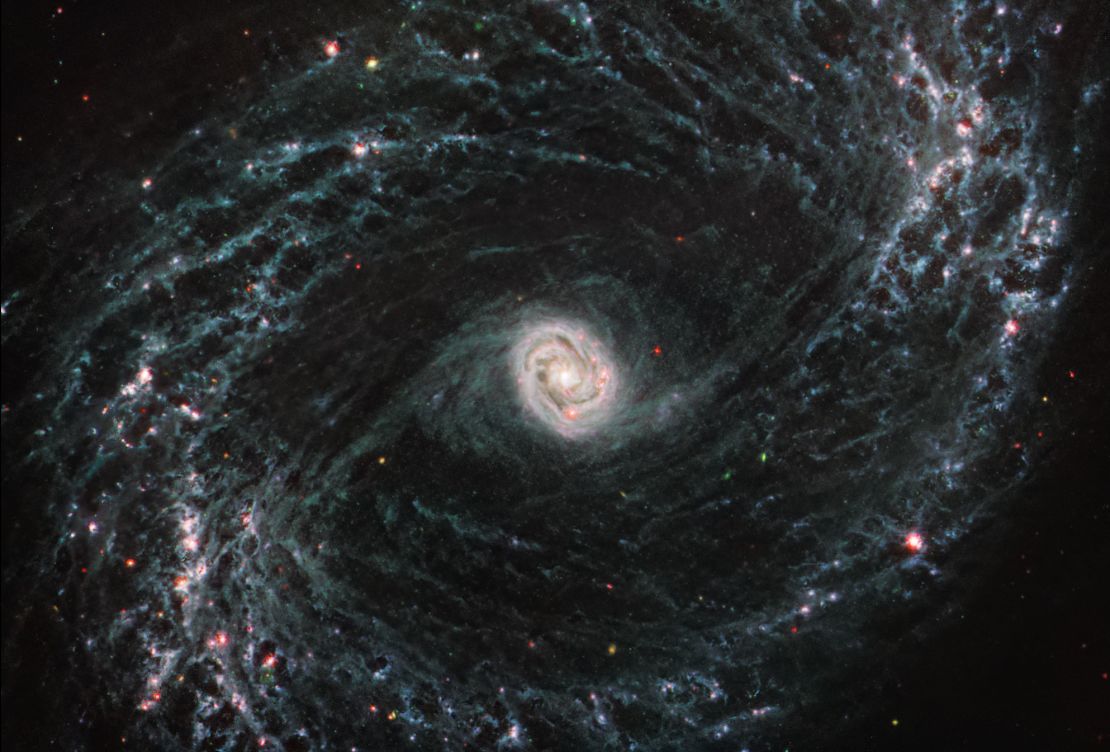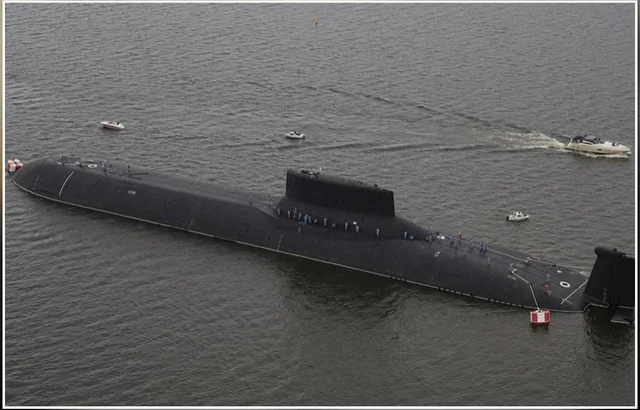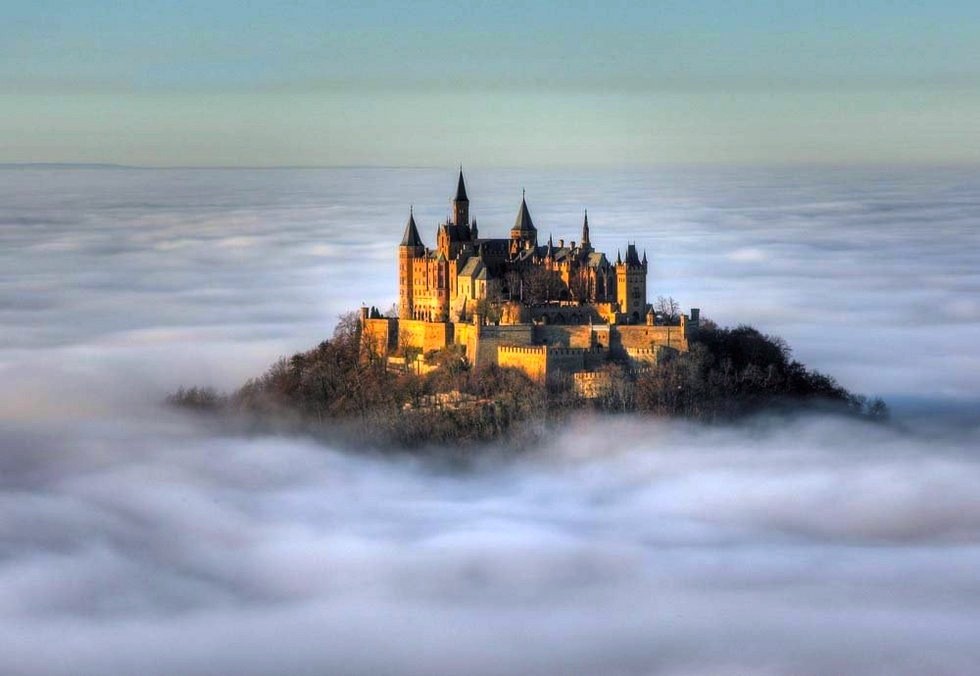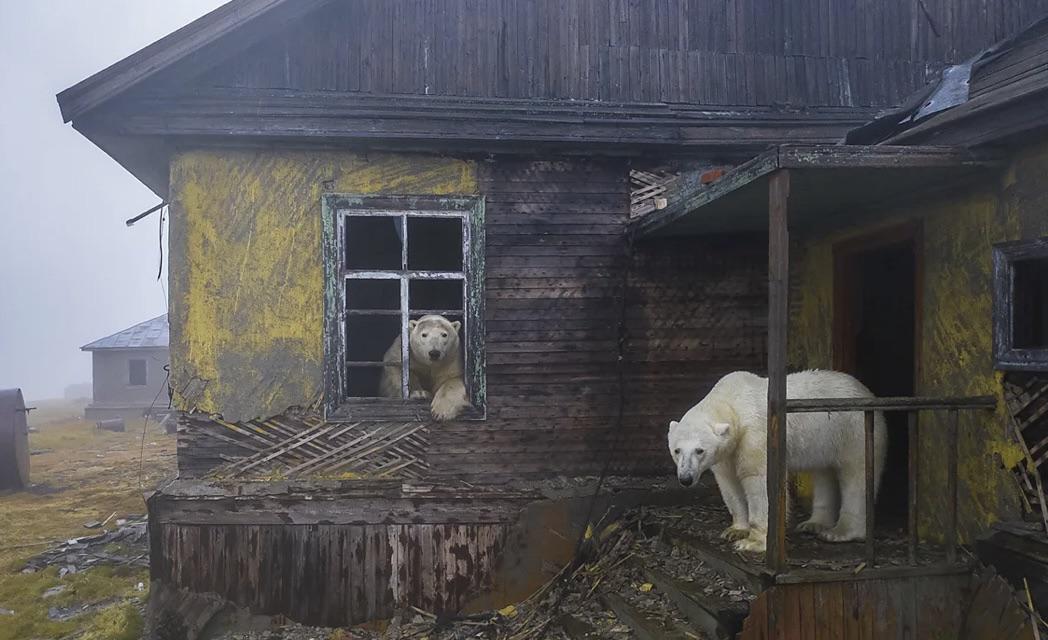The James Webb Space Telescope (JWST) has revolutionized our view of the universe, revealing celestial objects with unprecedented clarity and detail. Among its most captivating discoveries are galaxies that bear striking resemblances to Earth’s most familiar substance: water. These cosmic formations, captured in infrared light invisible to human eyes, display fluid-like patterns that evoke the rippling, flowing, and swirling characteristics of water, despite being composed of billions of stars, gas, and dust spanning thousands of light-years.
Perhaps the most water-like galaxy in Webb’s portfolio is the Cartwheel Galaxy, located about 500 million light-years away in the Sculptor constellation. This striking formation resulted from a high-speed collision between two galaxies that occurred approximately 400 million years ago. The impact created a ripple effect remarkably similar to what happens when a stone is dropped into a calm pond.
The Cartwheel’s structure features a bright central hub surrounded by concentric rings that expand outward like water ripples frozen in time. Webb’s Near-Infrared Camera (NIRCam) revealed these structures with exceptional clarity, highlighting the galaxy’s bright core and the expanding waves of star formation triggered by the collision. The outer ring, spanning about 440,000 light-years in diameter, is expanding outward at approximately 200,000 miles per hour, creating a cosmic ripple effect that mimics water’s behavior following a disturbance.
The Mid-Infrared Instrument (MIRI) further enhanced this water-like appearance by detecting regions rich in hydrocarbons and silicate dust, which appear as red ripples in Webb’s composite images. These ripples follow the galaxy’s spiral arms with remarkable fluidity, creating an almost perfect analogue to water rings expanding across a surface.
Another Webb observation that evokes water imagery is the Southern Ring Nebula (NGC 3132), located approximately 2,500 light-years from Earth. While technically a planetary nebula rather than a galaxy, this formation displays fluid-like characteristics that earned it a place in Webb’s water-mimicking cosmic collection.
The Southern Ring Nebula consists of expanding shells of gas and dust expelled by a dying star. Webb’s infrared capabilities penetrated the nebula’s outer layers to reveal intricate wave-like patterns in its structure. These waves appear as concentric, rippling shells that bear an uncanny resemblance to water disturbed by multiple droplets, creating overlapping wave patterns.
What makes this nebula particularly water-like is the way its gas clouds appear to flow and eddy around the central stars. The interaction between the expelled material and the surrounding interstellar medium creates swirling patterns reminiscent of water currents. Webb’s MIRI instrument captured these delicate interactions in unprecedented detail, revealing the nebula’s fluid dynamics in a way previous telescopes could not.
The water-like appearance of these cosmic structures is not merely coincidental. Both water and galaxies are governed by similar physical principles—namely, the ways energy propagates through a medium and how forces interact to create patterns of movement.
In water, waves represent energy traveling through the liquid medium, with molecules passing the energy along while remaining relatively stationary themselves. Similarly, in spiral galaxies, density waves propagate through the galactic disk, triggering star formation as they move. These density waves create the spiral arms we observe, much like ripples moving across a pond’s surface.
Fluid dynamics also play a crucial role in both contexts. The Navier-Stokes equations, which describe the motion of fluid substances, can be applied to both water on Earth and the movement of gas and dust in galaxies. The swirling patterns, eddies, and vortices seen in both systems arise from similar mathematical principles, despite the vast differences in scale and composition.
What makes Webb’s observations of these water-like galaxies particularly special is the telescope’s infrared capabilities. Operating beyond the visible light spectrum, Webb detects heat radiation emitted by cosmic objects, allowing it to peer through obscuring dust and reveal structures invisible to optical telescopes like Hubble.
This infrared vision is crucial for observing the fluid-like dynamics of galaxies. Gas and dust, which make up much of a galaxy’s flowing material, are often invisible in optical light but glow brightly in infrared. Webb’s instruments can detect these materials at various temperatures, allowing astronomers to map the “currents” and “eddies” of galactic matter with unprecedented precision.
The telescope’s large primary mirror, consisting of 18 hexagonal segments spanning 6.5 meters, captures enough light to reveal extremely faint structures. This sensitivity allows Webb to detect the subtle variations in density and composition that create the water-like patterns in these distant cosmic structures.
These water-like galaxies do more than provide stunning imagery; they offer valuable insights into fundamental cosmic processes. By studying how galaxies “flow” and interact, astronomers can better understand the forces that shape our universe.
Galaxy collisions, like the one that created the Cartwheel Galaxy’s ripple pattern, are common in the cosmos and play a crucial role in galactic evolution. When galaxies collide, they don’t simply crash into each other like solid objects. Instead, they interact more like fluid bodies, with stars generally passing by each other while gas and dust clouds collide and compress, triggering new star formation.
Understanding these fluid-like interactions helps astronomers model how galaxies evolve over billions of years and how the universe’s largest structures form. The water-like patterns observed by Webb provide direct evidence of these processes in action, frozen in time due to the vast distances involved.
The fluid appearance of these galaxies reinforces an ancient metaphor that has persisted throughout human history: the concept of the “cosmic ocean.” From ancient mythology to modern physics, the idea that the cosmos behaves like a vast sea has endured across cultures and scientific paradigms.
Webb’s images give new life to this metaphor, showing that the analogy between cosmic structures and water is more than poetic—it’s rooted in similar physical principles operating at vastly different scales. As we continue to explore the universe with Webb’s powerful eyes, we’re likely to discover even more galaxies that remind us of Earth’s most essential substance, connecting the cosmic and the familiar in ways that expand our understanding while capturing our imagination.
In these water-like galaxies, we see a universe that, despite its vast scale and exotic composition, operates according to principles we can observe in our everyday world—a cosmic ocean whose waves and currents, though composed of stars and spanning thousands of light-years, mirror the patterns we see in the waters of our home planet.
